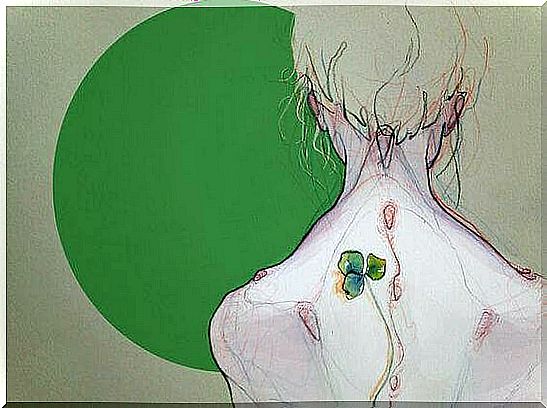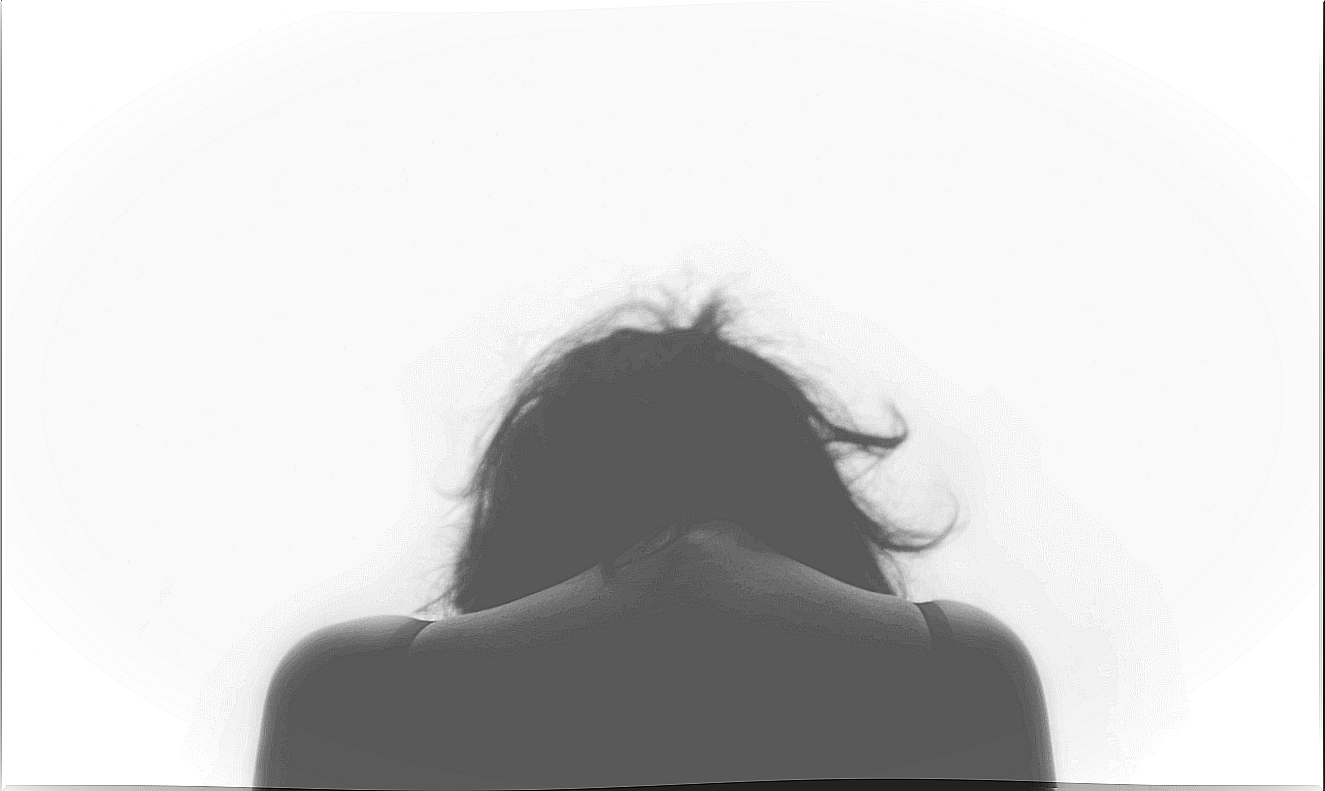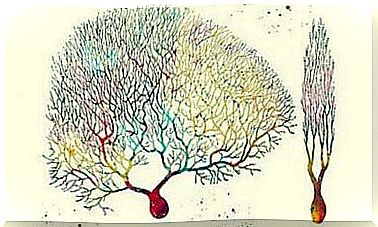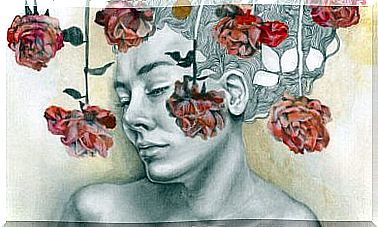Chronic Pain: The Invisible Disease

When we feel pain, it seems simple to eliminate or relieve it: just go to the doctor, he prescribes the treatment to follow and the pain disappears. But things don’t always go that way. One of the great challenges for medicine is that of chronic pain. What to do when nothing is able to give relief? How to manage something as exhausting as constant pain?
Chronic pain sufferers feel like they have thousands of needles stuck in their bodies. It is a heavy situation not only on a physical level, but also on an emotional, cognitive and relational level. Due to the constant stress to which he is forced, the person at certain moments questions his vision of the world, of life and his interpersonal relationships.
This situation is not only complicated for chine sufferers, but also for people in the same environment, such as family and friends, who find themselves in difficulty, especially when misunderstanding or fatigue take over. Some think that having experienced different types of pain in life enables them to empathize. However, since pain is a subjective dimension and dependent on one’s feelings, it is difficult to put yourself in the shoes of those who suffer.
What can psychology do against chronic pain?
Pain is a signal that the body sends us to inform us that something is wrong. But what can be done if the pain persists despite following the doctor’s instructions? Life can become a threat to chronic pain sufferers. Everyday activities are a real pain and you think about the future with worry or despair

The feeling of being at the mercy of pain like a leaf in the wind is highly dangerous for self-esteem. It must be said that the degree of disability dictated by chronic pain is subjective, it varies from person to person. However, regardless of the autonomy and functionality tested, the situation is experienced as limiting and above all frustrating.
In general, according to experts, we talk about chronic pain when the suffering lasts for more than six months and does not find relief with medical or surgical treatments. In addition to the various drugs to relieve symptoms, psychotherapy can be a valuable aid in these cases.
Beyond physical relief and practical results in everyday life, working on acceptance and empowerment from a psychological point of view can increase and strengthen the feeling of “control over one’s life”.
Defy the pain
There are various techniques for dealing with chronic pain. Below we will deepen those exposed in the text of Moix and Kovacs of 2009, Manual del dolor , or the manual of pain.
One of the main formulas for dealing with adversity is to understand how what destabilizes us works. From understanding to awareness of the problem, the best strategies can be activated by reducing the level of tension accumulated due to uncertainty.
If we understand where to direct our attention, then, we can take control of the pain. In this sense, training attention and orienting it towards relaxing stimuli will be more useful than focusing on pain alone.
Another important aspect to take into consideration is that the malaise generated by a negative mood feeds and strengthens the disease. Fear, stress, tiredness, or sleeplessness problems increase the pain. One could, therefore, work in the opposite direction, that is by directing emotions, thoughts and behaviors towards a minimum of well-being to avoid increasing pain. However minimal, this well-being will be positive.

At work!
Once we understand that we can approach the situation from the point of view of action, we need to get busy. Some of the main points of the protocol of action are:
- Relaxation and breathing : these are essential for relieving muscle tension. Relaxing is not just about lying down on the sofa and physically resting on a muscular level. There are also other methods to “switch off”, such as going to the cinema, eating at a restaurant, listening to music, talking on the phone with a friend, going for a walk.
- Emotions : they are another strong point of this process. It can be helpful to learn about them, understand how they affect pain, and work on emotional detachment techniques.
- Communicate in a healthy way : it is logical that in a situation of chronic pain complaining is part of the norm. Working on a different way of expressing and communicating the same message, however, will help improve personal relationships.
- Recover old and healthy habits : it is normal that in case of chronic pain pleasant and daily activities are set aside because they are more difficult to carry out. However, recovering old dynamics, gradually including rewarding activities, will contribute to the reconstruction of one’s life.
- Plan a program to follow with the therapist : it is essential to know what are the thought filters and cognitive distortions that prevent you from changing your way of thinking.
As you have read, chronic pain is not only a disease that has repercussions on a physical level, but also affects the dimension of thought, relationships and emotions. An invisible problem, but of great weight, for which it is essential to commit to improve.









